
Provençal Garden Pots — Part 1: Vases d'Anduze
A Provençal Daydream
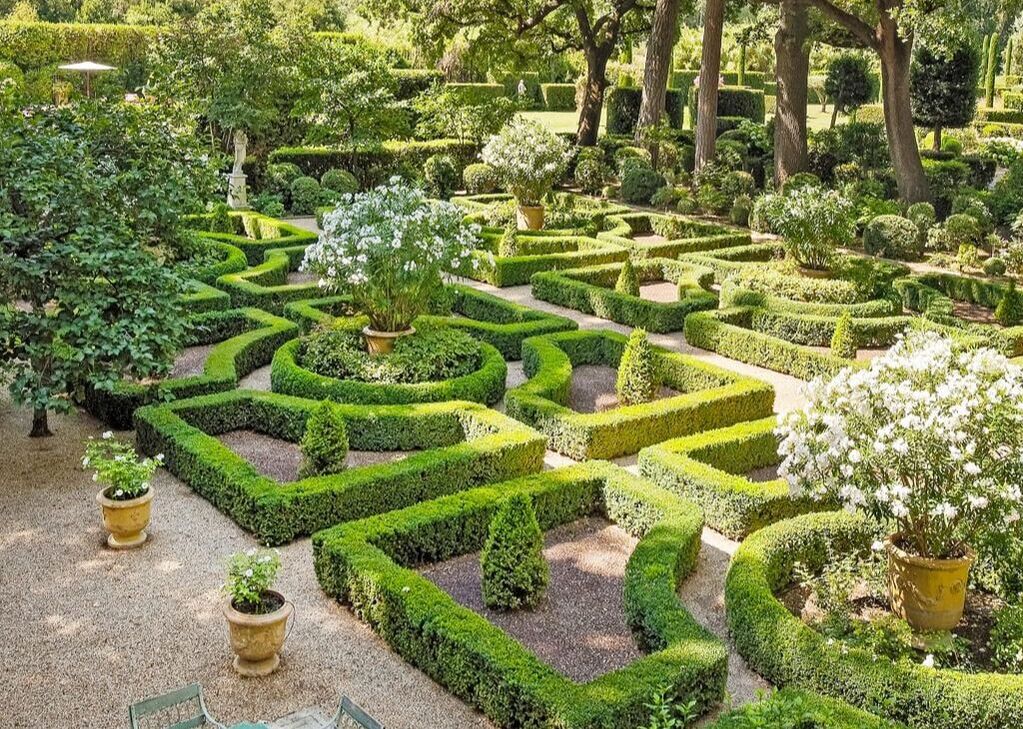
At Château Mireille near St. Rémy de Provence, vases d’Anduze bloom amid sunlit parterres — a fairytale garden in the heart of Provence.
What is a Vase d'Anduze?
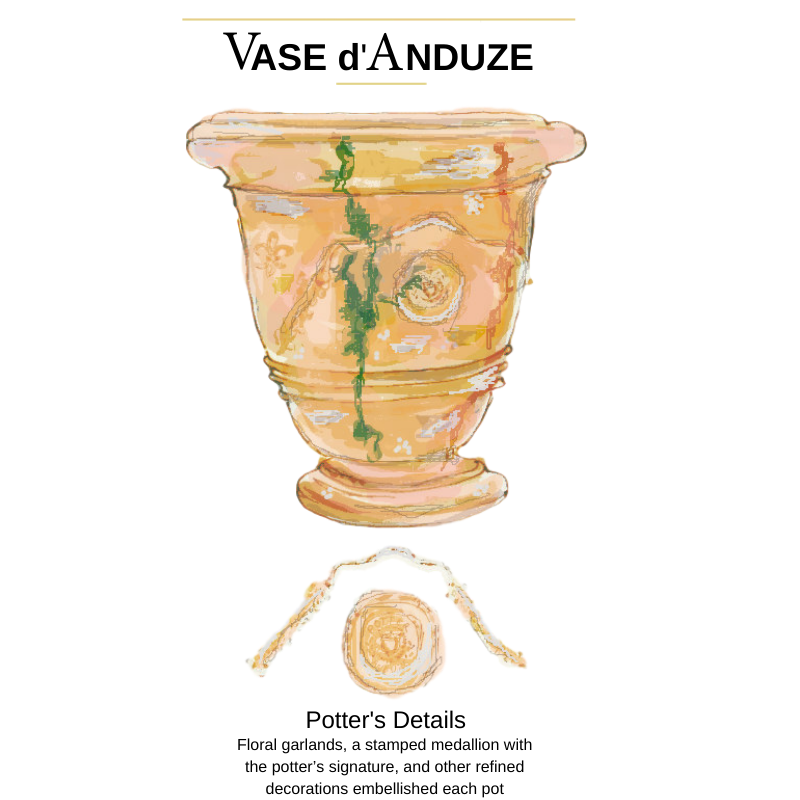
Royal Roots
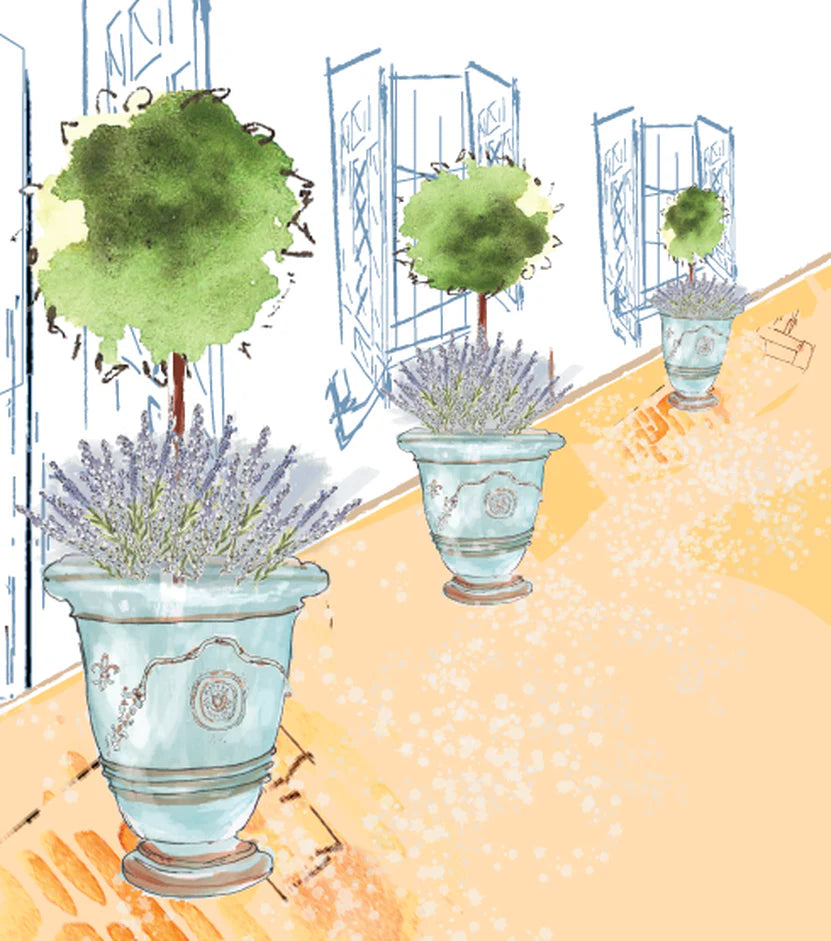
Revolution and Rarity
A Symbol of Provençal Gardens
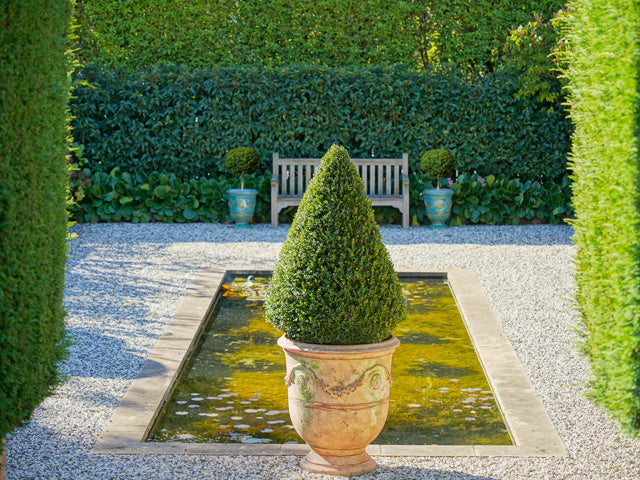
Anduze pots instantly transform a garden — layering in centuries of history and a hint of Versailles grandeur.
Potted French Flair
Up Next: Provençal Garden Pots — Part 2: Jarres de Biot
À Bientôt!

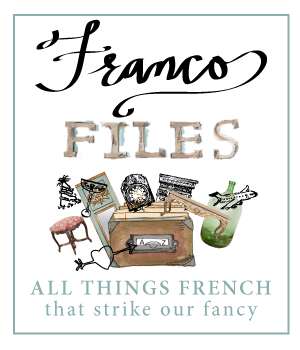


RECENT ARTICLES


Browse the Full Series
See all Word of the Week posts →
See all Word of the Week posts →

Browse the Full Series
See all Double Vision posts →
See all Double Vision posts →










